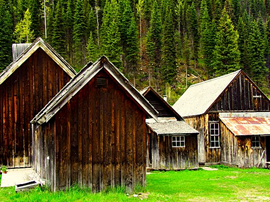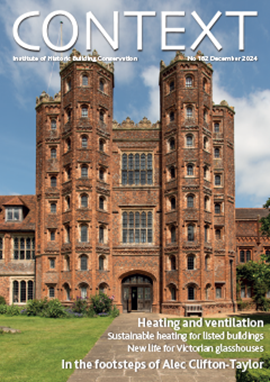Worcester sculptor William Forsyth
The sculptor William Forsyth (1833–1915) was influential in establishing the character of late Victorian Worcester and Malvern. His sculptures – in stone, wood, metal, plaster and terracotta – enliven the buildings of Worcester, inside and outside. Although he is less well known than his brother James, who carved the famous fountains at Witley Court, his practice was typical of many provincial artists of the period.
Examples include a hop merchant’s offices, the head office of a local bank, and Forsyth’s own workshop.
[Image: William Forsyth’s hop pickers frieze in Sansome Street,Worcester. Copyright James Dinn.]
--user:Institute of Historic Building Conservation
Related articles on Designing Buildings Wiki.
- Conservation.
- Dudley townscape heritage initiative.
- FWB and Mary Charles Chartered Architects.
- IHBC articles.
- Institute of Historic Building Conservation.
- Malvern station, priory and other buildings.
- Tecton structures at Dudley Zoo
- The King’s School, Worcester.
- Worcester timber buildings and the Commandery.
- Worcester’s Georgian churches.
IHBC NewsBlog
SAVE celebrates 50 years of campaigning 1975-2025
SAVE Britain’s Heritage has announced events across the country to celebrate bringing new life to remarkable buildings.
IHBC Annual School 2025 - Shrewsbury 12-14 June
Themed Heritage in Context – Value: Plan: Change, join in-person or online.
200th Anniversary Celebration of the Modern Railway Planned
The Stockton & Darlington Railway opened on September 27, 1825.
Competence Framework Launched for Sustainability in the Built Environment
The Construction Industry Council (CIC) and the Edge have jointly published the framework.
Historic England Launches Wellbeing Strategy for Heritage
Whether through visiting, volunteering, learning or creative practice, engaging with heritage can strengthen confidence, resilience, hope and social connections.
National Trust for Canada’s Review of 2024
Great Saves & Worst Losses Highlighted
IHBC's SelfStarter Website Undergoes Refresh
New updates and resources for emerging conservation professionals.
‘Behind the Scenes’ podcast on St. Pauls Cathedral Published
Experience the inside track on one of the world’s best known places of worship and visitor attractions.
National Audit Office (NAO) says Government building maintenance backlog is at least £49 billion
The public spending watchdog will need to consider the best way to manage its assets to bring property condition to a satisfactory level.
IHBC Publishes C182 focused on Heating and Ventilation
The latest issue of Context explores sustainable heating for listed buildings and more.
















